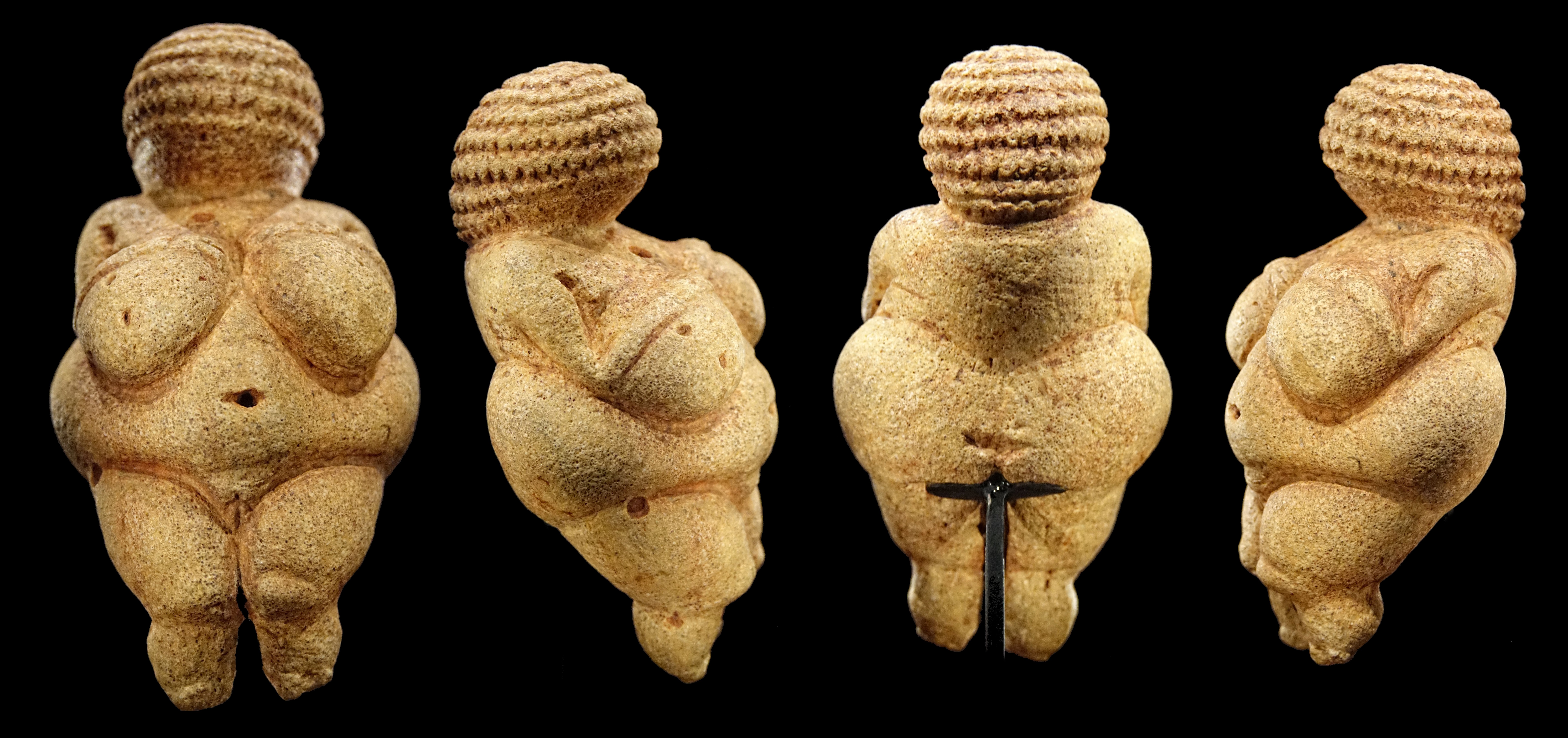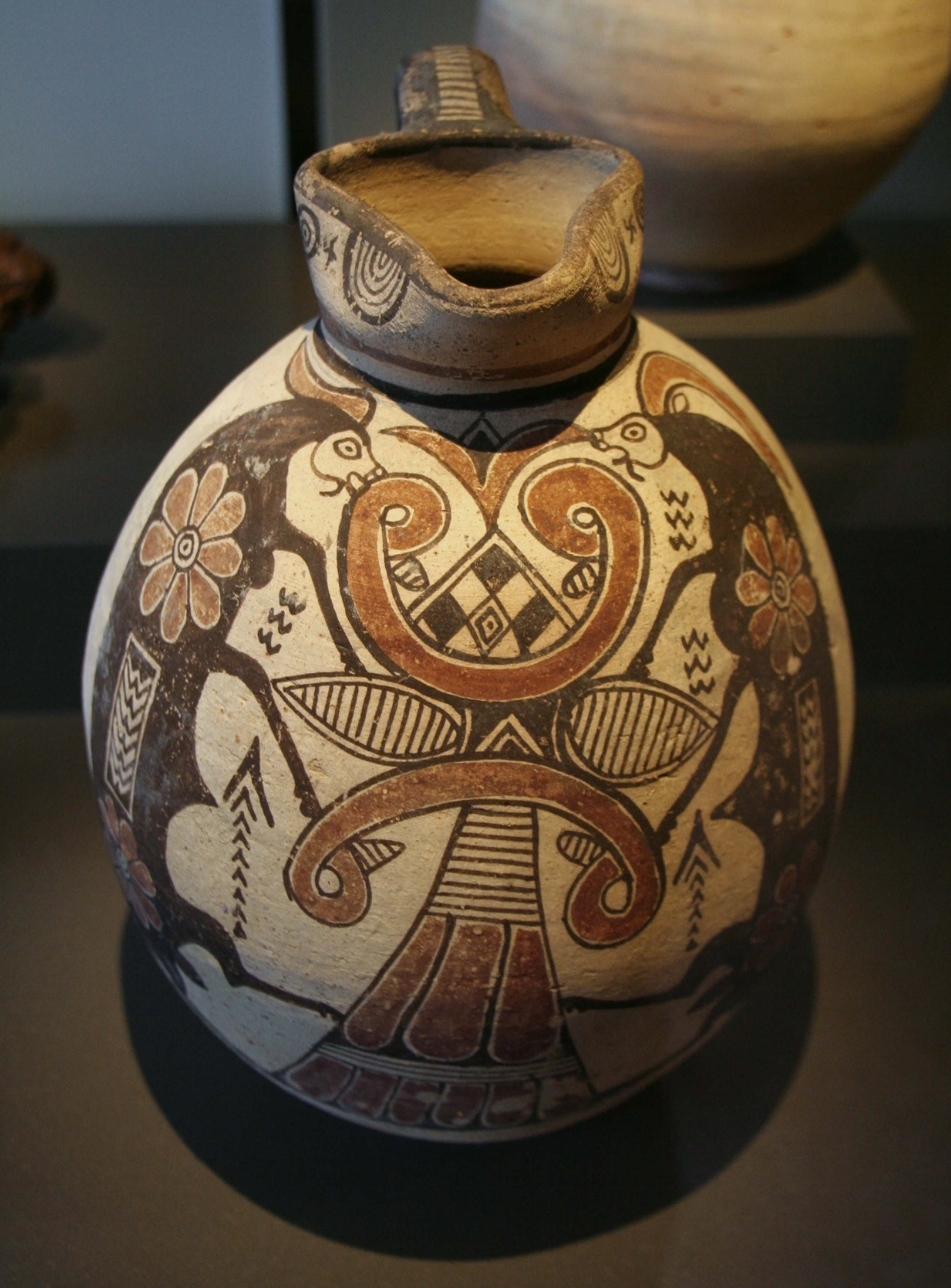|
Barrel-shaped Jug
The Barrel-shaped jug is a type of pottery known in the Mediterranean in the Ancient Cypriot art of the island of Cyprus Cyprus ; tr, Kıbrıs (), officially the Republic of Cyprus,, , lit: Republic of Cyprus is an island country located south of the Anatolian Peninsula in the eastern Mediterranean Sea. Its continental position is disputed; while it is ..., from the 10th century BCE to the 3rd century CE. This type of jugs, with and without strainers, were quite common in Archaic Cypriot pottery.Because of their rounded shape, they do not stand on their own, suggesting a quite specific function. They are found in the tombs of Eastern Cyprus, and may only have had a funerary role. These jars are very similar to Chinese Cocoon jars, and West-East transmission has been suggested. File:Terracotta barrel jug with strainer, Cypro-Geometric III. Cyprus, 850-750 BCE.jpg, Terracotta barrel jug with strainer, Cypro-Geometric III. Cyprus, 850-750 BCE. File:Terracotta barrel ... [...More Info...] [...Related Items...] OR: [Wikipedia] [Google] [Baidu] |
Ancient Cypriot Art
Ancient Cypriot art refers to all works of visual art originating from Cyprus in the Eastern Mediterranean from c. 10,000 BC to c. 330 AD. During this period, various types of objects were produced such as domestic tools, weaponry, jewellery, and decorative figurines. This range of art attests to the blend of both native and foreign influences of ancient Egypt, Greece and Rome as they successively occupied the country. Artworks produced in ancient Cyprus incorporate almost all of the mediums of visual art worked on in ancient history including terracotta, stone, metals, glass, and gemstones. Prehistoric Period (c. 10,000 - c. 1050 BC) Pre-Neolithic (c. 10,000 - c. 8500 BC) and Neolithic (c. 8500 - c. 3900 BC) Periods In c. 10,000 BC, seasonal hunters of pygmy hippopotami and elephants were present on the island. The first Neolithic settlers in Cyprus originated from either the Syro-Palestinian coast or southern Anatolia, forming communities founded on agriculture. It was toward ... [...More Info...] [...Related Items...] OR: [Wikipedia] [Google] [Baidu] |
Cyprus
Cyprus ; tr, Kıbrıs (), officially the Republic of Cyprus,, , lit: Republic of Cyprus is an island country located south of the Anatolian Peninsula in the eastern Mediterranean Sea. Its continental position is disputed; while it is geographically in Western Asia, its cultural ties and geopolitics are overwhelmingly Southern European. Cyprus is the third-largest and third-most populous island in the Mediterranean. It is located north of Egypt, east of Greece, south of Turkey, and west of Lebanon and Syria. Its capital and largest city is Nicosia. The northeast portion of the island is ''de facto'' governed by the self-declared Turkish Republic of Northern Cyprus, which was established after the 1974 invasion and which is recognised as a country only by Turkey. The earliest known human activity on the island dates to around the 10th millennium BC. Archaeological remains include the well-preserved ruins from the Hellenistic period such as Salamis, Cyprus, Salam ... [...More Info...] [...Related Items...] OR: [Wikipedia] [Google] [Baidu] |
Cocoon Jars
Cocoon jars or Cocoon-shaped jars are Chinese funerary pottery vessels, belonging to the period of the 1st millennium BCE. The shape is similar to the Cypriot Barrel-shaped jugs, as is generally the decoration, with vertical bands across the breadth of the vessels. The earliest type of cocoon-form jar in China dates to the Western Zhou period (99-771 BCE), either in ceramic or in bronze. The Qin dynasty period has many of them, particularly in relation with the Mausoleum of the First Emperor. It has been suggested that the Chinese obtained this design from nomadic people, especially the Rong and Di cultures, through the medium of the steppes of Central Asia Central Asia, also known as Middle Asia, is a region of Asia that stretches from the Caspian Sea in the west to western China and Mongolia in the east, and from Afghanistan and Iran in the south to Russia in the north. It includes the former .... File:DinastíaHan20100102051247SAM 2822.jpg, Western Han dynasty co ... [...More Info...] [...Related Items...] OR: [Wikipedia] [Google] [Baidu] |
Ceramic Materials
A ceramic is any of the various hard, brittle, heat-resistant and corrosion-resistant materials made by shaping and then firing an inorganic, nonmetallic material, such as clay, at a high temperature. Common examples are earthenware, porcelain, and brick. The earliest ceramics made by humans were pottery objects (''pots,'' ''vessels or vases'') or figurines made from clay, either by itself or mixed with other materials like silica, hardened and sintered in fire. Later, ceramics were glazed and fired to create smooth, colored surfaces, decreasing porosity through the use of glassy, amorphous ceramic coatings on top of the crystalline ceramic substrates. Ceramics now include domestic, industrial and building products, as well as a wide range of materials developed for use in advanced ceramic engineering, such as in semiconductors. The word "''ceramic''" comes from the Greek word (), "of pottery" or "for pottery", from (), "potter's clay, tile, pottery". The earliest known me ... [...More Info...] [...Related Items...] OR: [Wikipedia] [Google] [Baidu] |
Ancient Cyprus
The ancient history of Cyprus shows a precocious sophistication in the Neolithic era visible in settlements such as at Choirokoitia dating from the 9th millennium BC, and at Kalavassos from about 7500 BC. Periods of Cyprus's ancient history from 1050 BC have been named according to styles of pottery as follows: * Cypro-Geometric I: 1050–950 BC * Cypro-Geometric II: 950–850 BC * Cypro-Geometric III: 850–700 BC * Cypro-Archaic I: 700–600 BC * Cypro-Archaic II: 600–475 BC * Cypro-Classical I: 475–400 BC * Cypro-Classical II: 400–323 BC The documented history of Cyprus begins in the 8th century BC. The town of Kition, now Larnaka, recorded part of the ancient history of Cyprus on a stele that commemorated a victory by Sargon II (722–705 BC) of Assyria there in 709 BC. Assyrian domination of Cyprus (known as ''Iatnanna'' by the Assyrians) appears to have begun earlier than this, during the reign of Tiglath-Pileser III (744–727 BC), and ended with the fall of the ... [...More Info...] [...Related Items...] OR: [Wikipedia] [Google] [Baidu] |


